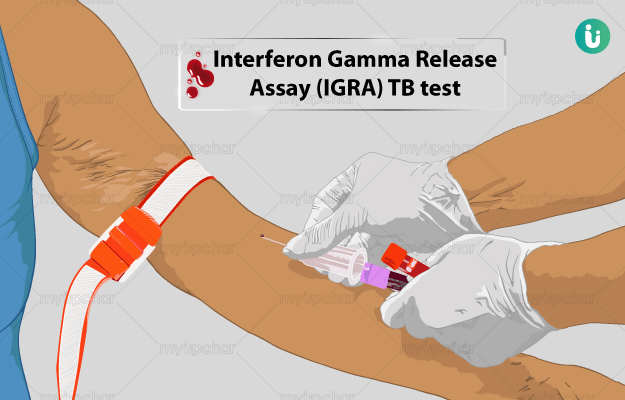What is an ascitic fluid test?
Ascites is a condition characterised by accumulation of water in the abdomen. Ascitic fluid test checks this water for its characteristics and presence of various cells and proteins. Ascites commonly presents itself in individuals with cirrhosis, but can also be seen in various other non-liver-related conditions.
Ascites is identified with symptoms such as:
- Bulging of the abdomen from sides
- A feeling of fluid shifting in the abdomen
An ultrasound exam may be done to confirm ascites. Once ascites is confirmed, it is important for the doctor to diagnose the underlying cause since the chances of survival in ascites that requires hospitalisation drop to around 85% at 1 year. Ascitic fluid test is one of the ways to diagnose the cause of accumulation of fluid.
In ascitic fluid test, the physical properties of the fluid are examined, for example, the colour, turbidity and presence or absence of blood. Physical exam of the fluid is followed by checking the fluid for levels of proteins like albumin, white blood cells, glucose, adenosine deaminase, amylase, bilirubin, etc. Sometimes the ascitic fluid may also be tested for its pH, levels of lactate, presence of infections and tumour markers. If required, the doctor may also order for a gram stain test and a cell culture test.
































